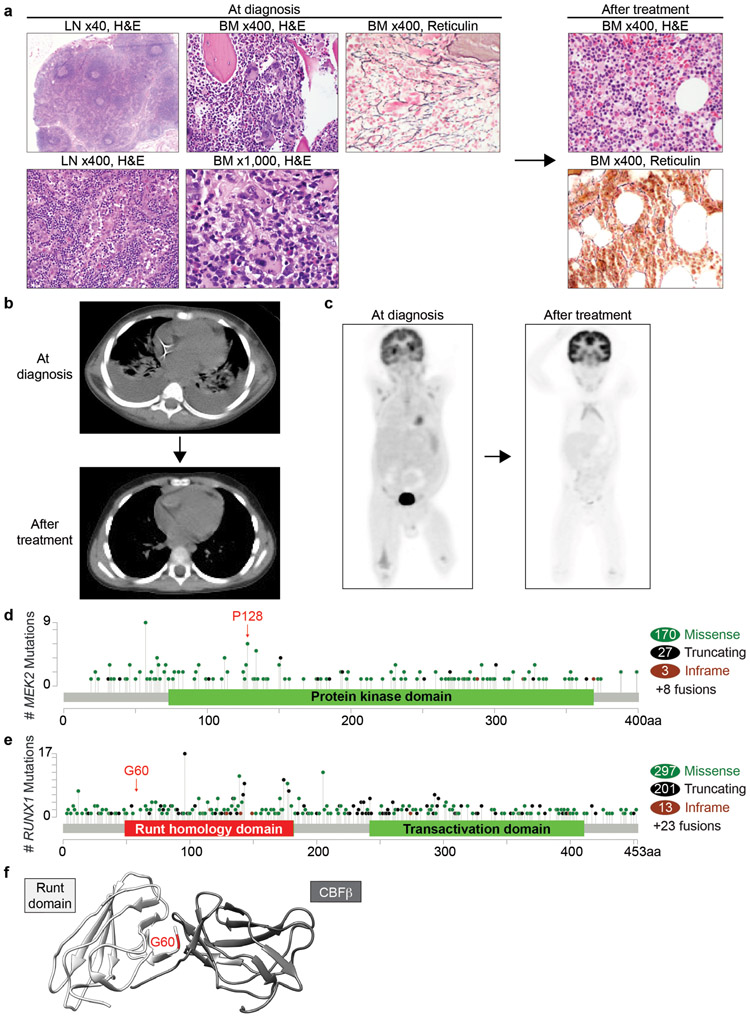Fig. 1. Clinical presentation and genetic features of patients with iMCD-TAFRO.
a Hematoxylin & eosin (H&E) and reticulin stain of a lymph node (LN) and bone marrow (BM) at diagnosis and after treatment (Patient 2; magnifications are indicated). b, c Representative plain CT (b) and PET scan (c) images of Patient 2 at diagnosis and after treatment. d, e Lollipop graphs showing frequencies of mutations in MEK2 (d) and RUNX1 (e) across cancers. Figures were made based on the cBioPortal data of 42,049 samples derived from TCGA PanCancer Atlas Studies and curated set of non-redundant studies (158 studies in total) and the location of mutations that were identified in Patient 1 and 2 are highlighted. Mutations affecting MEK2P128 were identified in 3 bladder carcinoma, 1 melanoma, and 1 pancreatic ductal adenocarcinoma. f Structure of WT Runt homology domain (white) and CBFβ (gray) with RUNX1G60C position highlighted in red. Figure was made based on PDB ID: 1E50.

